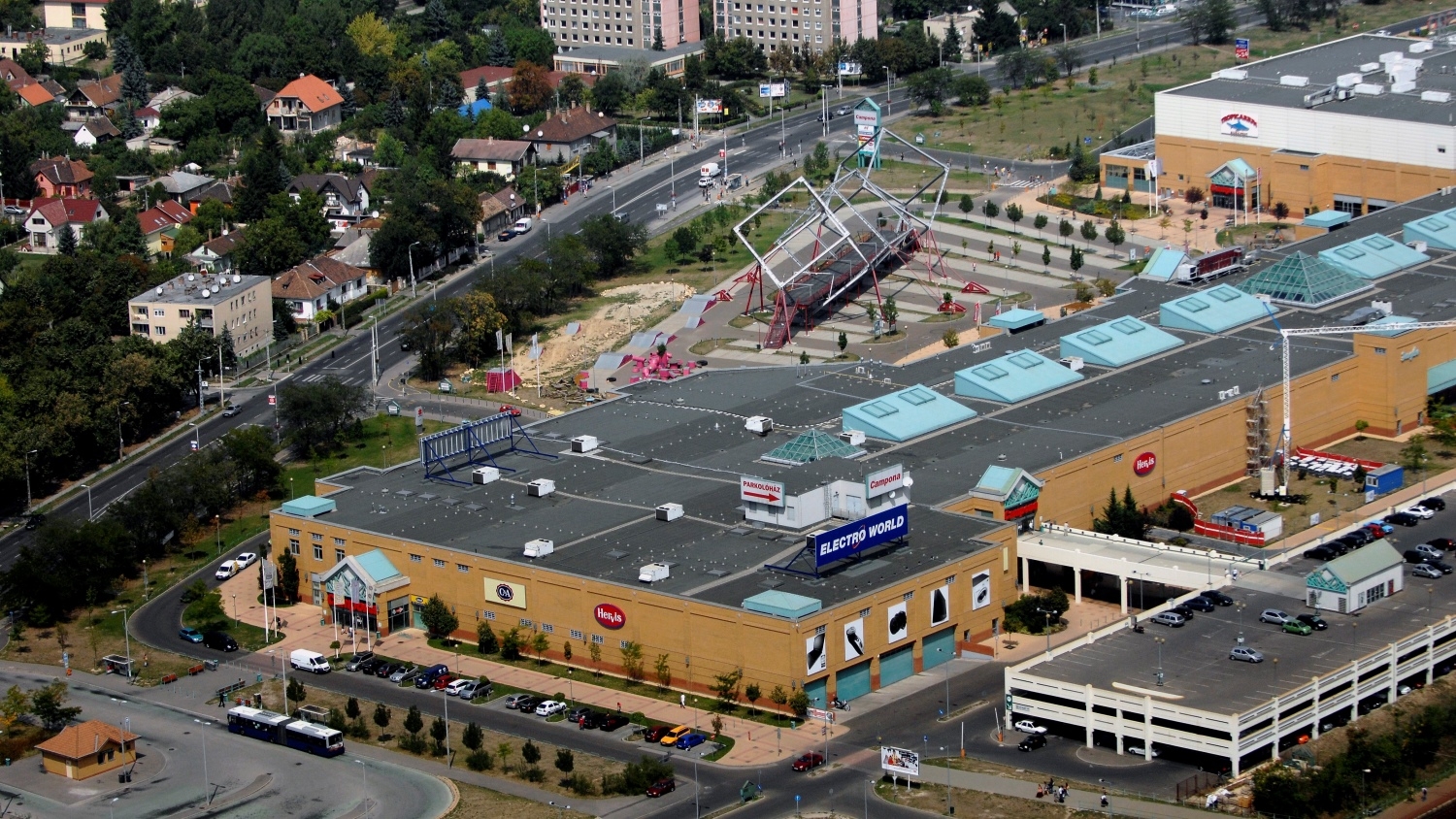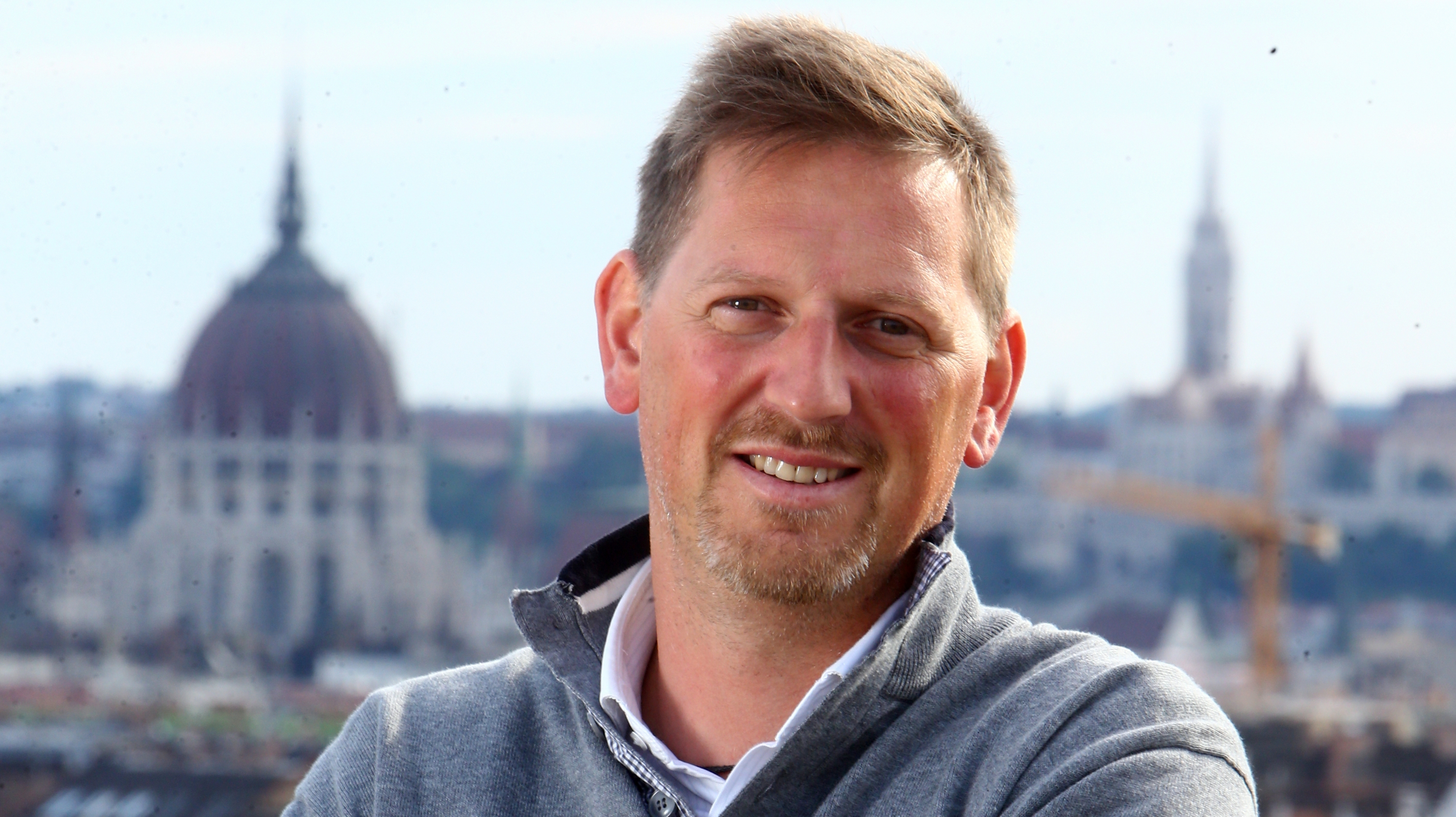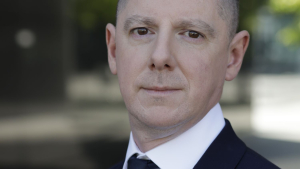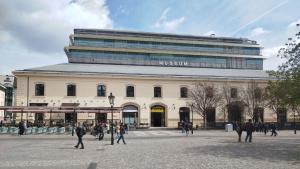
Last year, in a landmark deal, CPI Property Group has acquired 11 CEE retail assets from funds managed by CBRE Global Investors. Country Manager Mátyás Gereben talked to us about the company’s future plans for Hungary and revealed what’s in store for the five assets – shopping centres Pólus and Campona, the Andrássy Complex and two Interpsar stores – that were added to CPI’s Hungarian portfolio as a result of the €650 million deal.
What was the yield expectation of CPI’s owner for this transaction?
The yield for this transaction was 7.5-8 percent which is not in line with the current average yield for stand-alone retail assets in Central Europe. I must clarify that CPI Property Group does not operate the same way as a real estate fund does. A small percentage of CPI shares are traded on the Frankfurt Stock Exchange, but the rest of the company belongs to only one shareholder. In the end it is his fortune on the line, all of our assets are his long term investments. This requires a different approach in asset management.

We are in fortunate situation because our owner understands that these buildings require further investments in order to remain income producing assets on the long run. In the past two years we have spent €15-20 million on our existing assets and we will hopefully be able to carry on with refurbishments in the future. We have major plans for our new retail assets. Take the Campona shopping centre for example which we intend to reposition and present as a completely different product in the second half of 2019.
Is this a response to the major changes we have seen in the world of shopping centres globally?
Exactly. As a result of the shopping mall ban, new supply on the Hungarian retail market has been very limited, the average age of the existing stock is now 10-15 years. If you look at a newly opened shopping mall in Milan or Prague for instance, it is light-years away from Hungarian malls in terms of format or technology. This, of course, results in a significant difference in rental fees as well.
Are there any plans for the acquisition of any more prime assets?
At the end of the day, our number one goal is to manage our portfolio with the highest profit rate possible. If we believe that this goal can be achieved by the acquisition of prime assets than that’s what we’ll do, but if is regional retail parks that can match up to our owner’s yield expectations than that’s the direction we’ll take. We want to create a company that is sustainable on the long run.
The full version of this interview was published in the latest issue of Poroflio Property Magazine.



